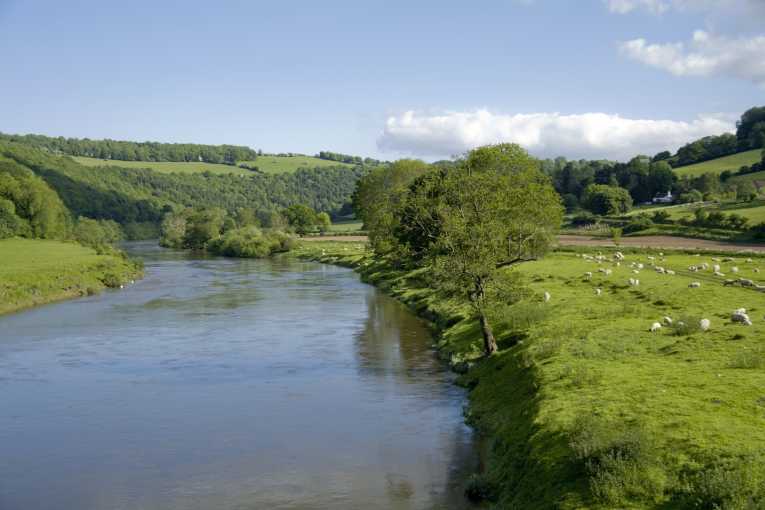
Farmers are joining forces with the University of East Anglia (UEA) to combat poor water quality in the region.
Farmers will be using adapted land management techniques to help battle the declining water quality in the River Wensum.
UEA's Kevin Hiscock, Professor of Environmental Sciences will demonstrate how mitigation measures can limit the amount of nutrients and pesticides that end up in the river.
Mr Hiscock said: “Working with farmers, the Wensum Demonstration Test Catchment Project provides an opportunity to test and assess the effectiveness of a variety of land management measures to reduce this contaminant runoff whilst maintaining farm profitability, which is of vital importance to the agricultural community.”
“The Wensum is recognised as one of the most important chalk river habitats in the UK, with over 100 plant species and a rich invertebrate fauna.
“Endangered species that require conservation include Desmoulin’s Whorl Snail and the White-Clawed Crayfish, as well as vegetation such as Water Crowfoot and Starwort.”
The UEA will be displaying a 3D model that demonstrates how agricultural activity can be adjusted to reduce loss of nutrients into the water course.
Alongside this, a water analysis laboratory and a display of the root systems of some of the cover crop plants that have been used as part of the project, to prevent nutrient losses.
Nitrate-based fertilisers
As well as presenting a problem for ecological systems, nitrate-based fertilisers can have other effects, explained the UEA.
“It is important to detect the levels of nitrate to protect the quality of drinking water,” Mr Hiscock said.
“Alongside this, nitrogen applications in agriculture play a significant role in climate change. The action of soil microbes triggers the production and release of nitrous oxide.
“The Department for Environment, Food and Rural Affairs (DEFRA) estimates that nitrous oxide accounts for 55% of all UK agricultural sector greenhouse gas emissions. The main cause of nitrous oxide emissions is the application of synthetic fertiliser and livestock manure to arable soils.”
According to DEFRA, 90% of nitrous oxide emissions are from three sources: direct emissions from soils (42%), indirect emissions from soils via surface water and groundwater (33%) and emissions from pasture and paddock manures (15%).
The research has proven to be of value to Poul Hoveson at Salle Farms Co. He said: “Our work with UEA on the DTC Project, has helped us to improve our understanding of nutrient movements in the soil.
“This has enabled us to have an integrated cultivation technique which optimises nutrient uptake as well as preventing leaching into streams. We have seen an improvement in soil structure which lowers our energy input and this has led to an improvement in our yields.”
